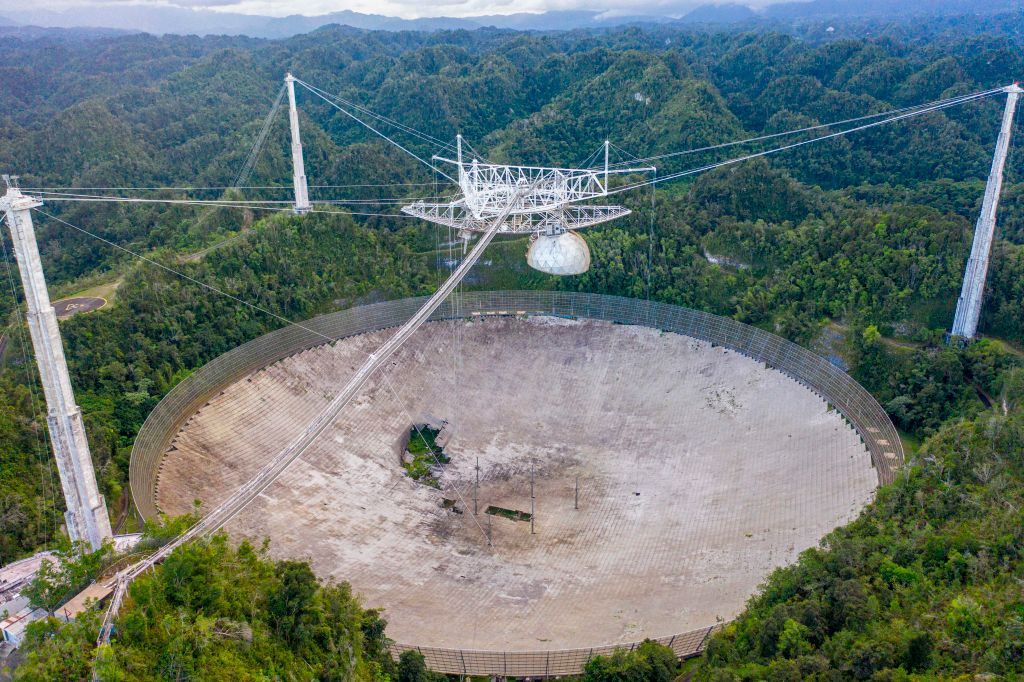The Arecibo Observatory in Arecibo, Puerto Rico, has been giving scientists a look into the cosmos since 1963.
Over two hundred researchers per year have used the massive telescope and its powerful planetary radar transmitter but the last few years of hurricanes and earthquakes have put a stop to that as the observatory has been so damaged it has become a safety hazard and is beyond repair.
According to ucf.edu, U.S. National Science Foundation President Alexander N. Cartwright remarked, “Our team has worked tirelessly with the NSF looking for ways to stabilize the telescope with minimal risk.
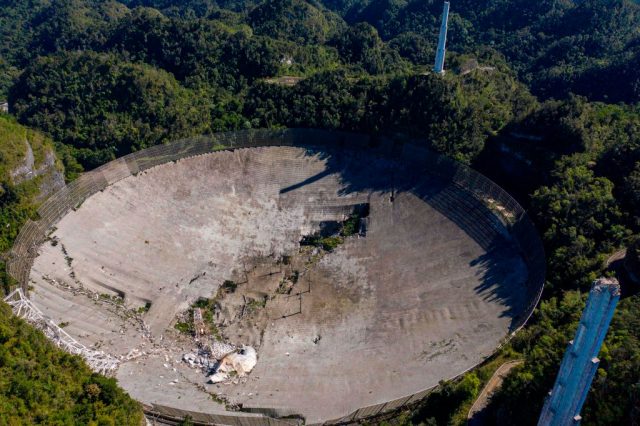
While this outcome is not what we had been working towards, and we are disheartened to see such an important scientific resource decommissioned, safety is our top priority…Despite this disappointing setback, we remain committed to the scientific mission in Arecibo and to the local community.”
The facility was damaged during hurricane Maria in 2017 and the U.S. National Science Foundation that managed the observatory received funding to repair and improve the telescope which was already in progress when an auxiliary cable came loose in August of 2020.
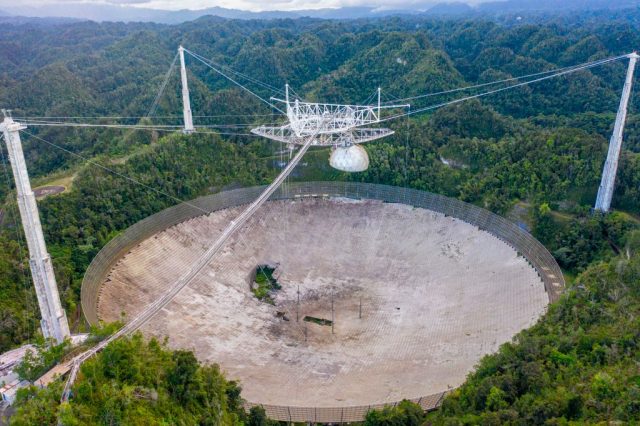
When it fell the cable put a large gash in the reflector dish and other cables connected to the support tower were also damaged. Engineers decided the damage was fixable and began to plan restoration of the telescope.
In the meantime, a second cable broke which gave the engineers reason to believe the other cables were not strong enough. As each cable fails support moves to existing cables that are not able to handle the additional weight.
An examination of the cables by a flying drone showed wire breaks on another of the main cables causing both the Army Corps of Engineers and a private engineering company to decide the telescope would be set for decommission for fear that the entire structure will collapse.
Sciencemag.org tells us Ralph Gaume, director of NSF’s astronomy division has said that they want to continue to use other instruments that are located at the site as well as the visitor and outreach centers but if the telescope collapses, they will be lost.
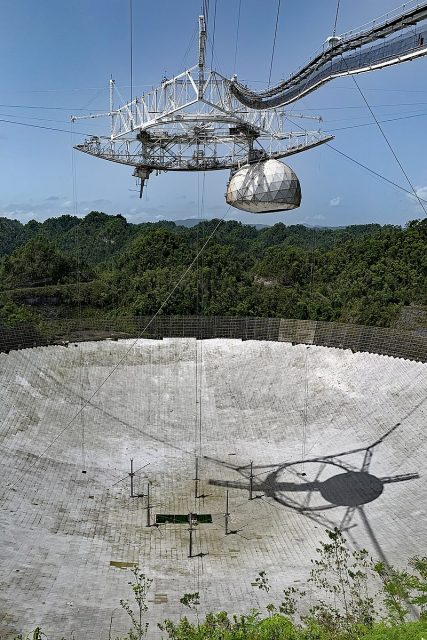
Several engineering companies are working on the problem of how to dismantle the telescope in a controlled fashion reducing risk to the rest of the observatory and the workers charged with the removal. According to Gaume, “This decision has nothing to do with the scientific merits of Arecibo Observatory. It is all about safety.”
The Arecibo Observatory was constructed from 1960 to 1963 and was designed by Cornell University Physicist William Edwin Gordon.
The round reflector dish is one thousand feet in diameter making it the largest telescope in the world. The surface of the dish is covered with thirty eight thousand aluminum panels which replaced the original half-inch galvanized wire mesh and it was built into a natural sinkhole where it fit perfectly.
The receiver sits four hundred and ninety two feet above the reflector on a nine hundred ton platform suspended by eighteen cables running from three concrete towers.

There have been several upgrades over the years and along with the aluminum tiles, a Gregorian reflector system was installed in 1997 and a mesh metal screen was also installed around the perimeter to block the ground’s thermal radiation.
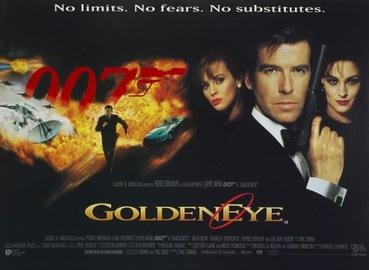
The last improvement was a new 2400 MHz transmitter. The famous observatory was featured in several Hollywood movies including a prominent place in 1997’s Contact starring Jodi Foster; Golden Eye, a 1995 film in the James Bond franchise; Species in 1995 and in an episode of The X-Files.
Arecibo was the first observatory to detect that the rotation of Mercury was fifty nine days rather than the agreed upon eighty eight days and provided the evidence of the existence of neutron stars.
In 1974 physicist Russell Alan Hulse along with his academic advisor, Joseph Hooton Taylor Jr. discovered the first binary pulsars at Arecibo earning them the 1993 Nobel Prize in Physics.
Another Article From Us: Irish Neolithic Tomb is the Oldest Monument in THE World
The decommission of Arecibo is a sad blow to the scientific community and discussions about the decision will undoubtedly last for years.
